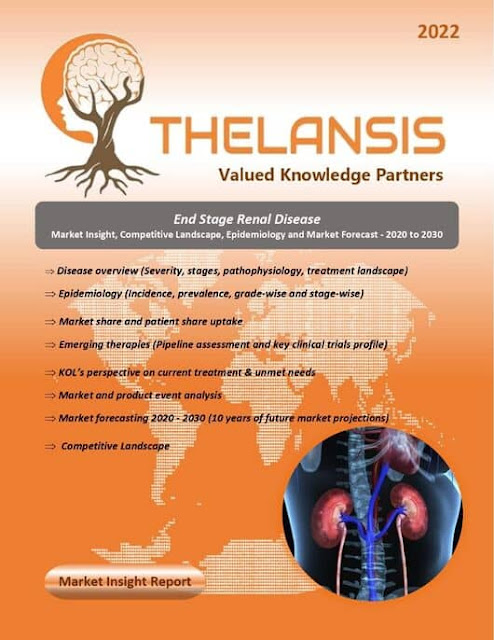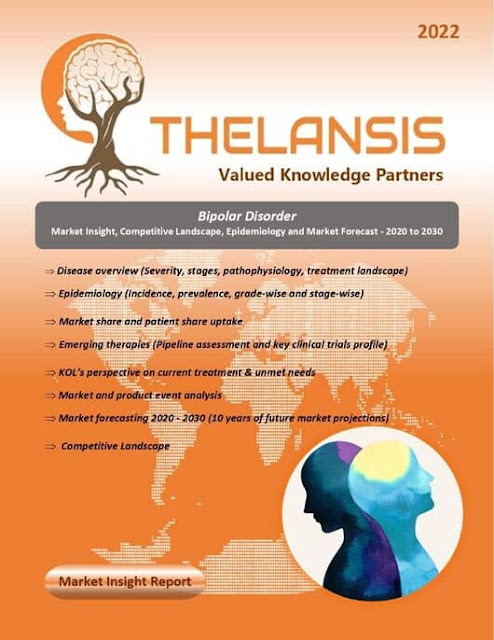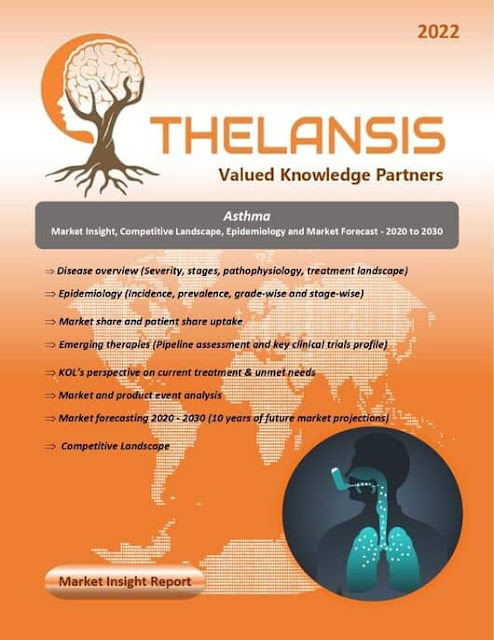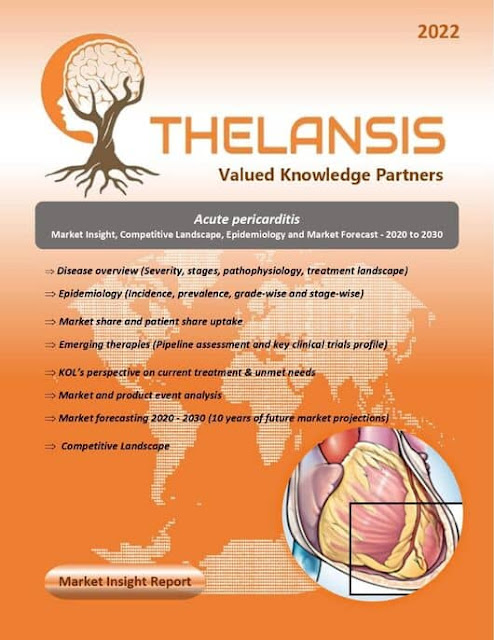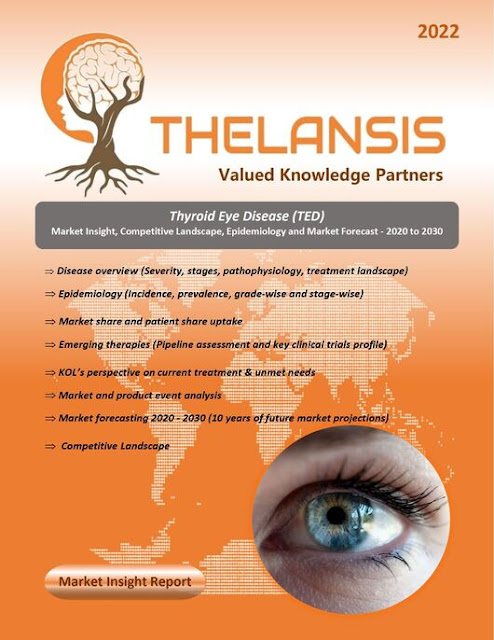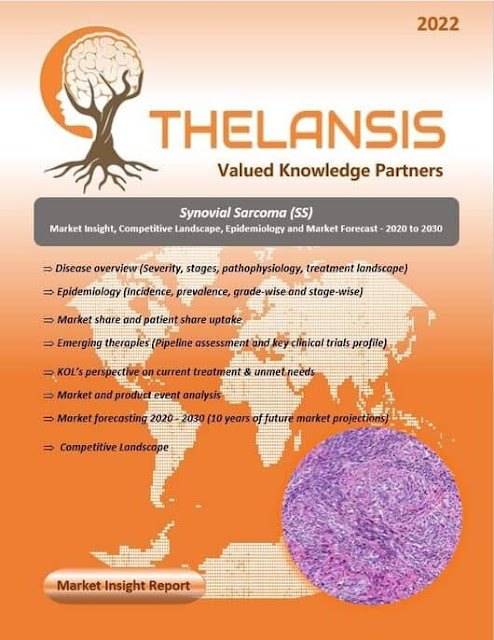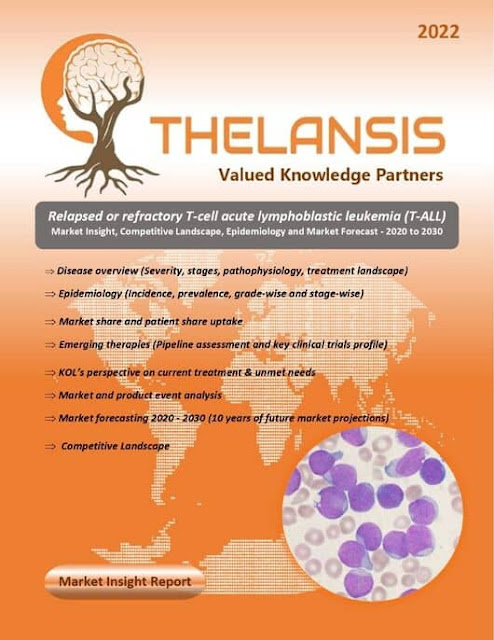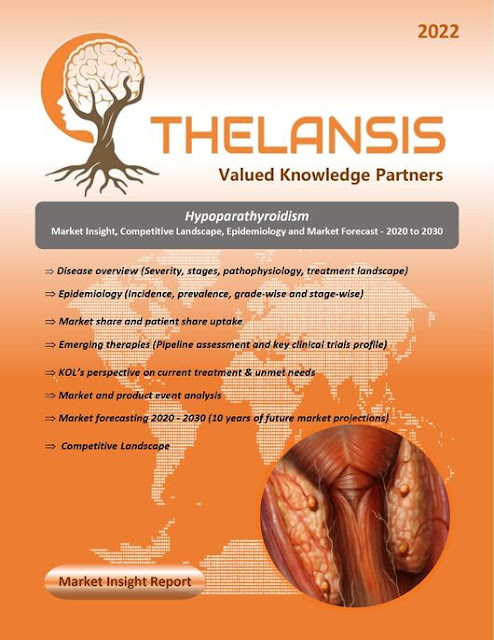Hot Flashes and Night Sweats – Market outlook, Epidemiology, Competitive Landscape and Market Forecast Report – 2020 To 2030
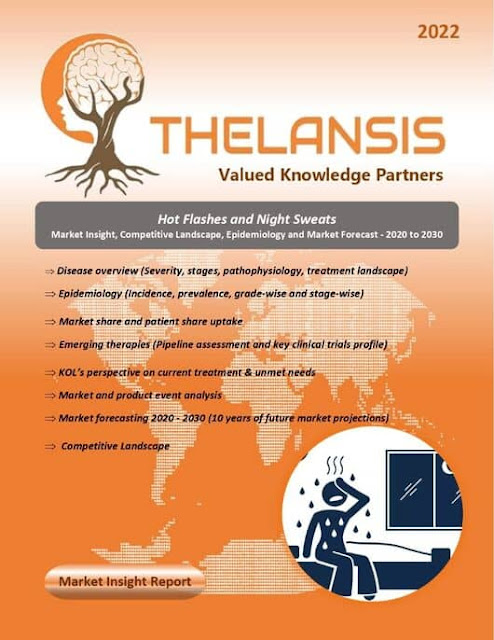
Hot Flashes and Night Sweats are significant symptoms that occur in most women across the globe. A woman with Vasomotor Symptoms experiences much heat accompanied by sweating and flushing, especially around the head, neck, chest, and upper back region. These are the menopausal symptoms for which women seek treatment most often during menopause. VMS results from temperature dysfunction that occurs due to changes in gonadal hormones. 60-80% of women experience VMS during the menopausal transition, with prevalence rates varying by racial/ethnic group. One of the well-known symptoms of menopause is the occurrence of hot flashes, which occur in >75% of menopausal women. Hot flashes are often described as episodic sensations of heat, intense sweating, and flushing affecting the face and chest, often accompanied by palpitations and anxiety. Each episode lasts 3–10 minutes, and attacks can recur with varying frequency. Some women encounter hot flashes hourly or daily, whereas, for oth...

